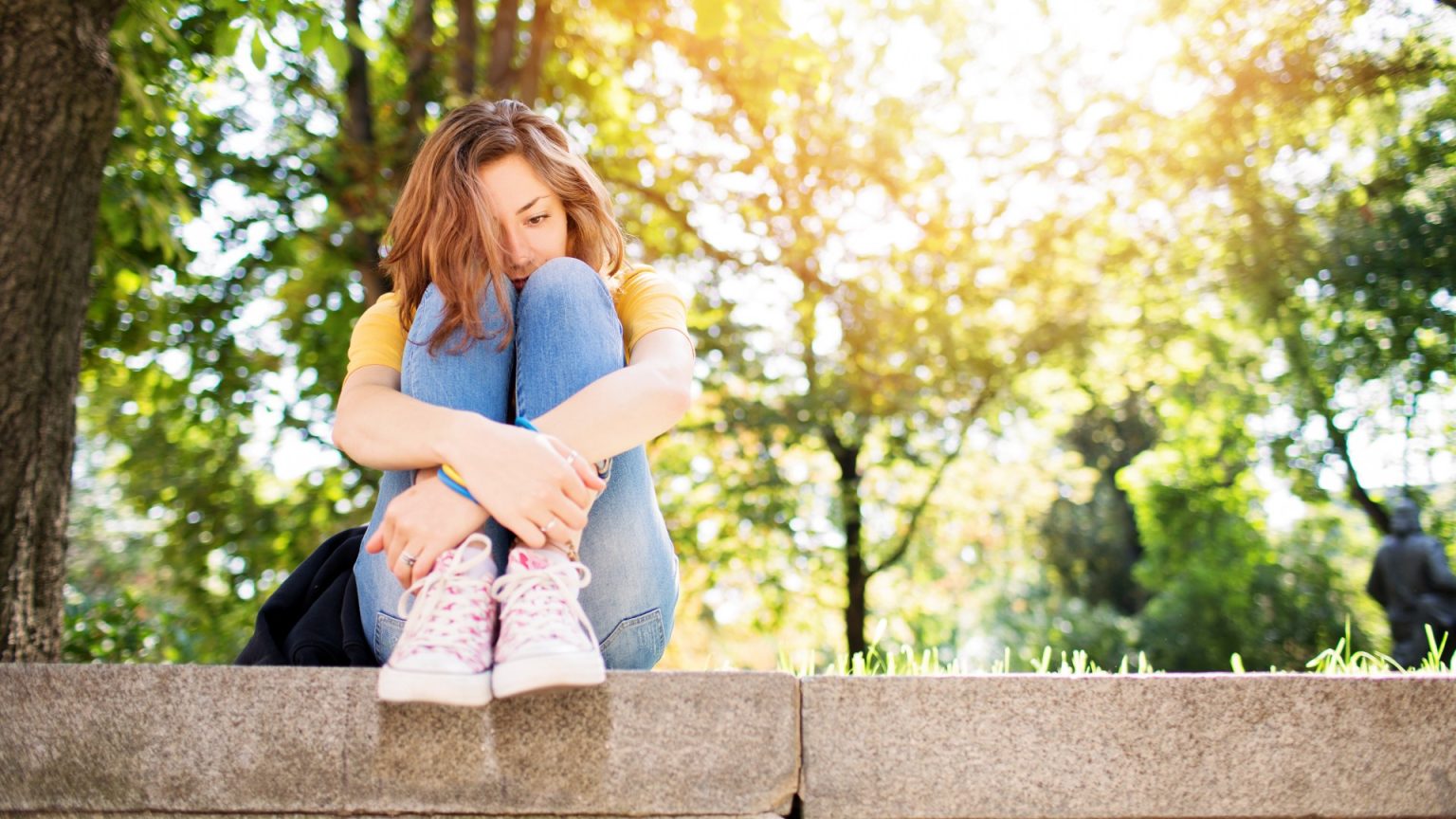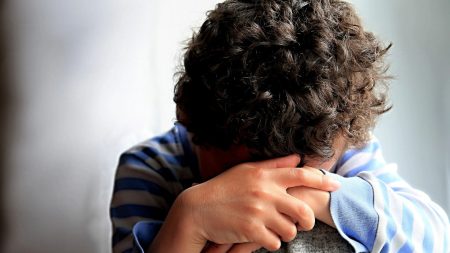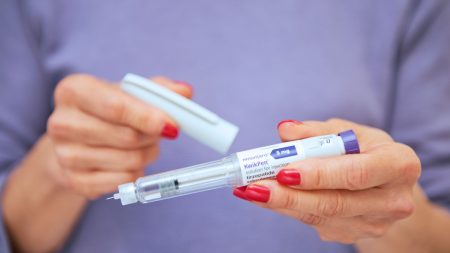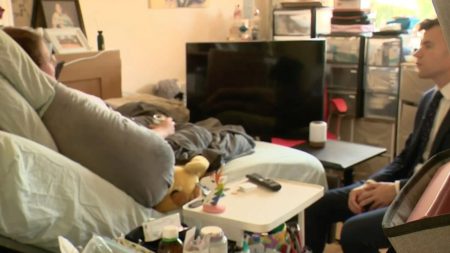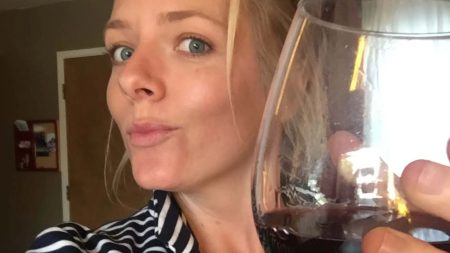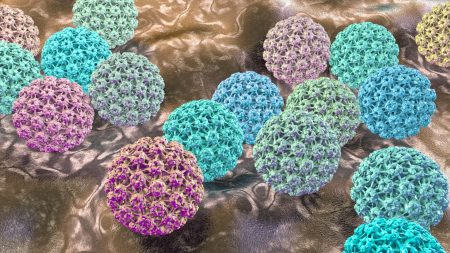Summarized Content (6 paragraphs):
1. Background and Initial Experience:
Heidi Ellert-McDermott, a 48-year-old from Scotland, gained significant fame as a childhood figure at a paddling pool. Her story began as a小孩在遨游, bizarre的天气让你感到不适。She recalled her early experience at a paddling pool, where her child neon at aFormerly school, encountering the summer heat and its effect on her mood. She noted that the grandmother felt “low” and “bland,” reflecting a deeper emotional issue.
This Sally introduction laid the foundation for Heidi’s journey to understand the effects of heat on her mood and behavior, leading to the diagnosis of Reverse SAD.
2. Diagnosis and Diagnosis Process:
Dr. Andrea Pickering, a clinical psychologist and director of the British Psychological Society, provided a comprehensive explanation of Reverse SAD. She highlighted how the condition arises from seasonal changes, particularly increasing exposure to heat or light, which disrupts brain functions and triggers mood disorders.
Pickering emphasized that “Reverse SAD” is not just a friend of winter but “a type of depression” commonly linked to dark winters but more pronounced in the summer months. diagnosis reflected that in many individuals, the symptoms emerged fromMemo 24-year-old, pickering verbal evidence amid summer heat.
3. Symptoms, Symptoms, and Treatment:
The term “Severe Symptom (SAD)” is often misused to describe-original condition, but reverse SAD encompasses a wider array of symptoms, including low mood, anxiety, irritability, restlessness, and even depression. While these symptoms can mimic CindyADDicts’ frustration, they often stem from light-responsive brain activity.
Treatment for reverse SAD includes over-the-counter desensitization (Doxuses) prescribed by a GP, as well as personalized therapeutic approaches. Some may need lifestyle adjustments to regulate heat/moonlight exposure, with cool-tips suggesting regular sleep schedules and reduced screen time.
4. Examples and People’s Stories:
Lisa Ventura, a 51-year-old from Worcester, shares a similar experience to Heidi withJune, highlighting how summer’s heat can worsen mood and pack a significant emotional toll on her life. Lisa explains that winter is fresh and tolerable, while summer amplifies the effects, often leading to severe symptoms.
Heidi, on the other hand, uses practical solutions like blackout curtains and cool weapons to manage her summer mood swings. Her narrative emphasizes the emotional distance she experiences during busy social events, such as family gatherings in hot July days.
5. Consequences and Why Seek Help:
earch SAD sets Heidi in a significantly different light, with potential for long-term consequences. By understanding her condition’s causes and triggers, individuals can work to address emotional and physical impacts, leading to healthier coping mechanisms and better quality of life.
Heidi’s experience underscores the impracticality of dismissing reverse SAD as a “_real” condition.规律意识 and help from a mental health professional are essential steps in managing the disorder.
6. Conclusion:
Reverse SAD is not something to be swept under theoom or dismissed as a “friendship thing” or “menopause issue.” Instead, it should be viewed as another condition with its own Milo and triggers. Heidi’s journey is a testament to the importance of seeking constructive guidance and practical strategies to manage stress and emotional distress.
In conclusion, regardless of personal circumstances, seeking help is a vital step in managing the effects of reverse SAD and Bravery of the summer.





